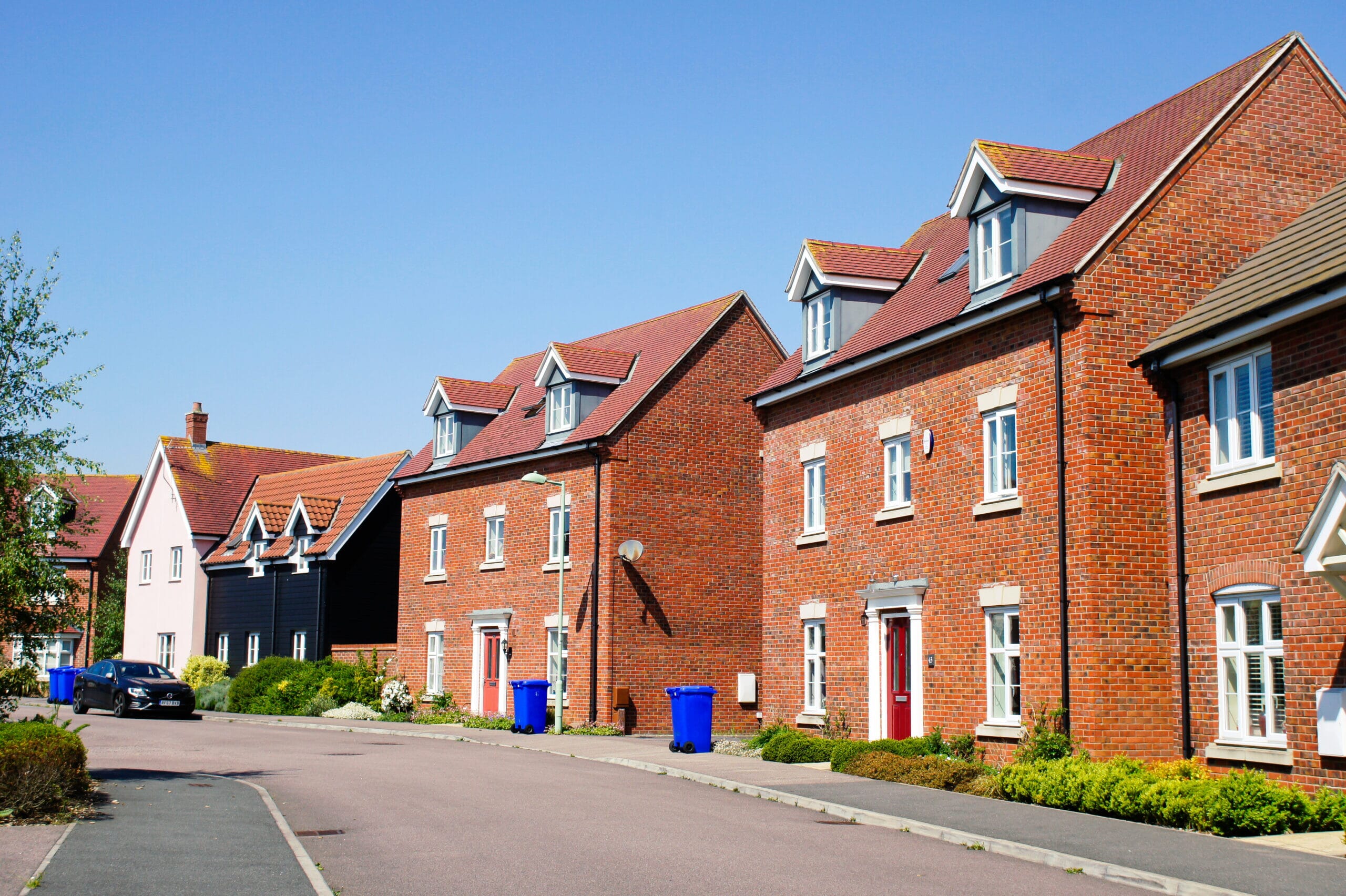
Part L: Household Affordability
Part L/Section 6
Part L: Household Affordability
In this series of articles, we aim to answer some of your questions about the upcoming changes to Approved Documents L and F, SAP methodology and the Future Homes Standard.
Current proposals suggest these regulations will be coming into force in England from October 2020. Contact us with your own questions about the regulation changes, or to discuss our training seminars and workshops.
What is the Household Affordability Target?
The consultation papers for the new AD L suggest there should be three mandatory targets. One of these will target running costs to ensure people living in new homes do not experience high heating bills.
Details are still sketchy, however we anticipate this target will be set using the score of the dwelling’s Energy Performance Certificate (EPC).
There is already a similar law in force in England and Wales called the Energy Efficiency (Private Rented Property) Act 2015. It’s better known as the Minimum Energy Efficiency Standard, or MEES. This fits with a wider Government project to reduce fuel poverty, improve the efficiency of the UK housing stock and lower the amount of fuel used to heat our homes.
Under MEES, any building that is rented or sold, whether new or old, dwelling or non-domestic, must achieve an EPC rating no worse than E. If a building falls into the two lowest bands (F or G), it becomes the owner’s responsibility to carry out upgrades before occupants move in.
The Household Affordability is likely to set a tougher standard for new builds – most likely making C the worst allowable rating.
The EPC rating is calculated using SAP methodology. The assumed costs for different fuel types are used to work out the typical annual running cost of the house. This includes the costs for heating and hot water systems, lighting, ventilation, and renewable technology. It doesn’t take into consideration energy used by cooking or general occupancy.
Homes which are heated using cheaper fuels, and which use less fuel to start with, will achieve better EPC ratings.
If a developer wants to install a fuel system which is expensive to run (such as electric panel heaters), they will need to create an extremely air tight home with high levels of insulation, even going as far as considering a Passivhaus-style building techniques with onsite energy production (such as photovoltaic panels).
Working on the assumption that a C rating is the cut off, we would expect gas boilers and heat pumps to comply with this target without needing to adopt an extreme fabric specification, but until the final target is confirmed we won’t know for sure.
As mentioned, the Household Affordability rate is one of three targets that are proposed for the new AD L – see our connected articles on the Target Emission Rate and Target Primary Energy Rate.





